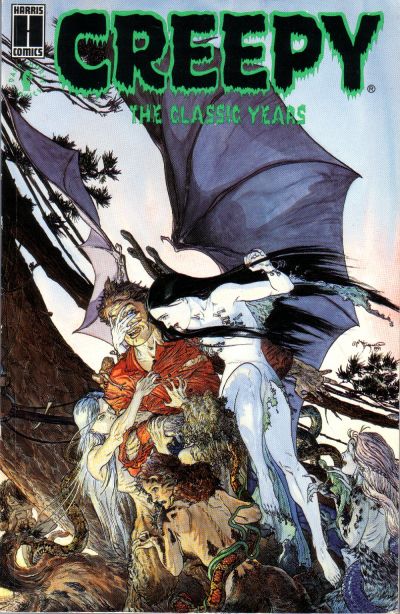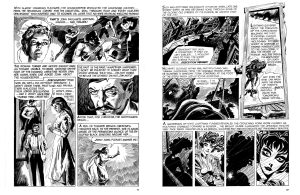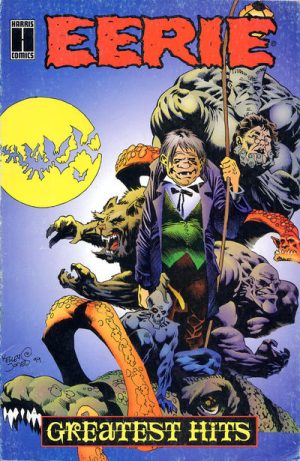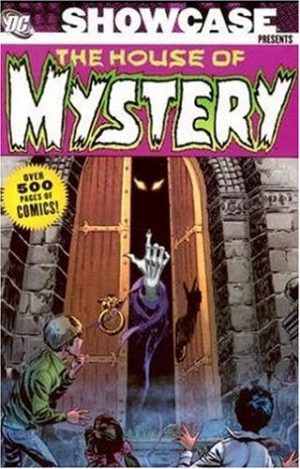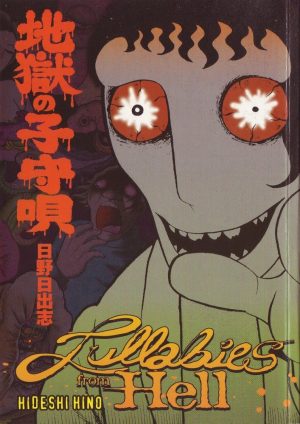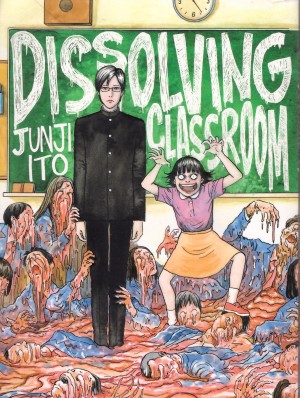Review by Frank Plowright
Published between 1965 and 1985, Creepy was based on the EC horror anthologies that so briefly thrilled a generation before being neutered by the introduction of the Comics Code Authority in the mid-1950s. Publisher James Warren circumvented the CCA by issuing Creepy, and companion title Eerie, as black and white magazines, and therefore able to theoretically publish what he damn well pleased. Nevertheless, he didn’t tempt fate too far, and his early content wasn’t as explicit, gory and gratuitously sexualised as it would later become.
From the beginning there was an awareness that top quality art was the key to success, and that’s evident on every one of these 144 pages, with a statement made by commissioning then fine artist Frank Frazetta for the first issue. Accompanying him in this collection are the likes of EC alumni Johnny Craig, Reed Crandall, Joe Orlando, John Severin and Al Williamson, all superb, with three strips by Angelo Torres, so nearly an EC regular. There are early comics from Neal Adams, Jeff Jones and Gray Morrow, the inevitable Alex Toth (twice), Gene Colan’s wash art and two stunningly disturbing contributions from Steve Ditko. The sample art combines the lesser known Donald Norman’s scratchboard approach with Jerry Grandenetti’s beautifully stylised horror. Richard Howell’s introduction provides brief biographies of fourteen talents, strangely only mentioning Frazetta in passing.
Creepy looked spectacular, and the writing almost matched the best of the art in the early days, almost all of it by Archie Goodwin over the first sixteen issues, from which all these nineteen stories are selected. Goodwin followed the EC formula of generally leading his six to eight pagers to a sting in the tail ending, some now a little predictable. However, the sheer variety of moods and locations matches the sheer variety of the art. Goodwin moves from traditional gothic horror, through period dramas to modern day settings around the world. Vampires, Werewolves and Yetis feature alongside ghouls, grave robbers and hangmen, so the thrill of the forbidden accompanies every inclusion. Rather than running the stories chronologically, they’re intelligently themed, the present day inclusions largely back-ended, finishing with Ditko’s cautionary tale of a collector’s obsession, possibly a career peak. Other writers are more predictable.
Dark Horse have reissued the entire series in hardback editions, but for those only requiring a sample, these smaller paperbacks may present the art at a reduced size, but the production is tidy, there’s a Michael Wm. Kaluta cover, and the selection is first rate.
